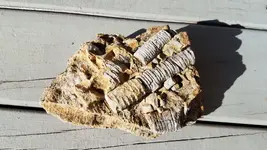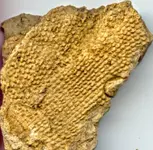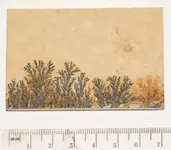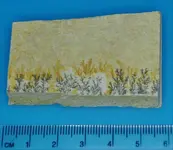RebeccaRox
Tenderfoot
Attachments
-
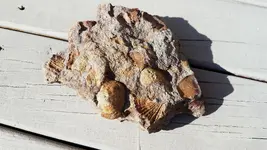 20220122_084350.webp982.4 KB · Views: 98
20220122_084350.webp982.4 KB · Views: 98 -
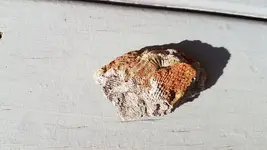 20220122_084408.webp646.6 KB · Views: 101
20220122_084408.webp646.6 KB · Views: 101 -
 20220122_084308.webp843.7 KB · Views: 103
20220122_084308.webp843.7 KB · Views: 103 -
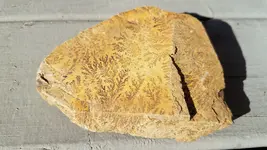 20220122_084325.webp838.5 KB · Views: 103
20220122_084325.webp838.5 KB · Views: 103 -
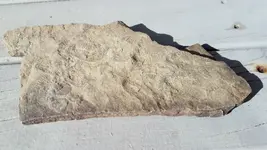 20220122_084250.webp918.5 KB · Views: 96
20220122_084250.webp918.5 KB · Views: 96 -
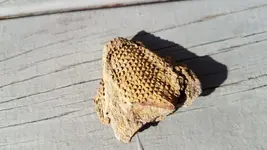 20220122_084302.webp579.5 KB · Views: 100
20220122_084302.webp579.5 KB · Views: 100 -
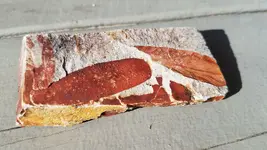 20220122_084225.webp842.3 KB · Views: 105
20220122_084225.webp842.3 KB · Views: 105 -
 20220122_084203.webp1.1 MB · Views: 103
20220122_084203.webp1.1 MB · Views: 103 -
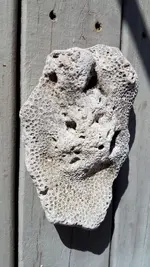 20220122_084514.webp1.4 MB · Views: 104
20220122_084514.webp1.4 MB · Views: 104
Upvote
11

